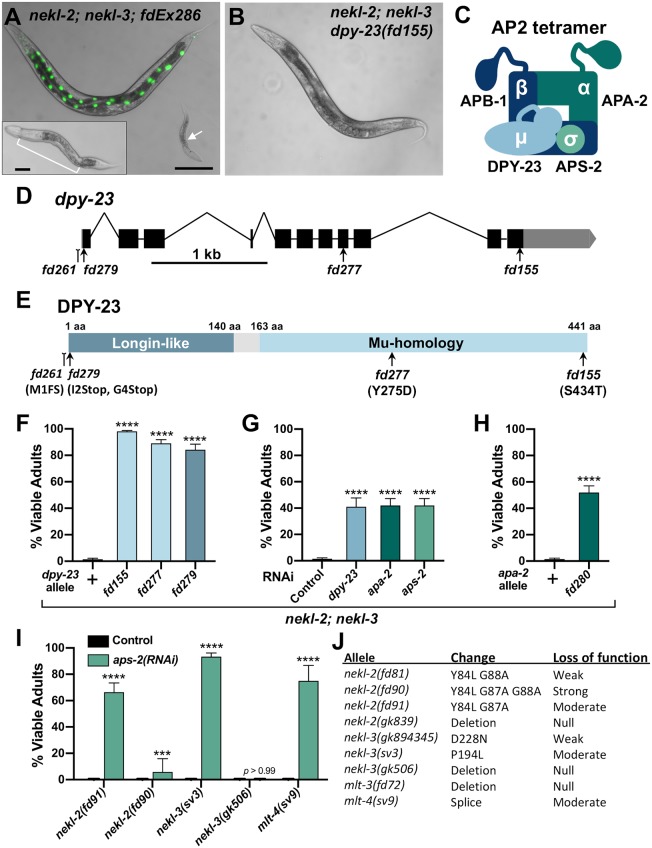Fig 1. Loss of AP2 complex activity suppresses nekl–mlt molting defects.
(A) Merged DIC and fluorescence images of nekl-2(fd81); nekl-3(gk894345) worms. The rescuing extrachromosomal array (fdEx286) expresses wild-type nekl-3 and the SUR-5::GFP reporter. White arrow indicates a growth-arrested nekl-2; nekl-3 larva that failed to inherit the array and exhibits a “corset” morphology, characteristic of nekl–mlt molting defects (inset in A). The bracket marks the constricted mid-body region, which contains a double cuticle. Bar size in A = 100 μm (for A and B); in inset, 20 μm. (B) DIC image of nekl-2; nekl-3 adult worm containing the suppressor mutation dpy-23(fd155). (C) Graphic representation of AP2 tetramer complex containing four subunits. (D) Gene structure diagram of dpy-23/μ including the locations of mutations. Point mutations (fd155, fd277, fd279) are indicated by arrows; indel (fd261) by the line ending in a small bracket. (E) Protein domain diagram of DPY-23/μ with corresponding allelic changes; fd261 is missing ~30 bp of the proximal 5’UTR including a predicted SL1 transplice site and the start codon. The amino acid (aa) locations of the two domains are indicated. (F–I) Bar plots showing suppression of molting defects in nekl–mlt mutants by reduction in AP2 activity. Assays F–H were carried out in nekl-2(fd81); nekl-3(gk894345) double mutants. (G,I) RNAi was carried out in the indicated backgrounds using injection methods; control indicates non-injected siblings. (F–I) Error bars indicate 95% confidence intervals; p-values were determined using Fischer’s exact test where proportions were compared to the wild-type allele (F,H) or to the RNAi control (G,I): ****p < 0.0001, ***p < 0.001. (J) Guide to nekl–mlt alleles used in this study. Raw data are available in S1 File.

